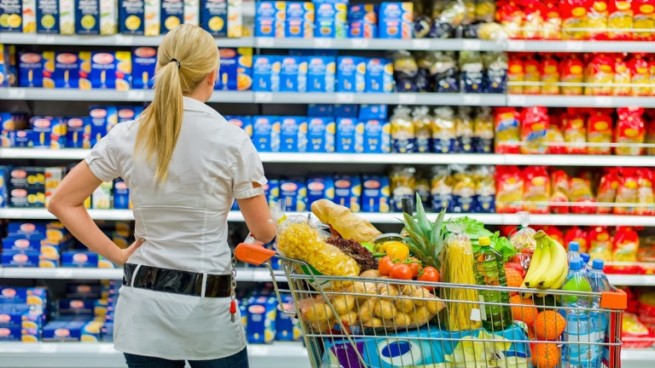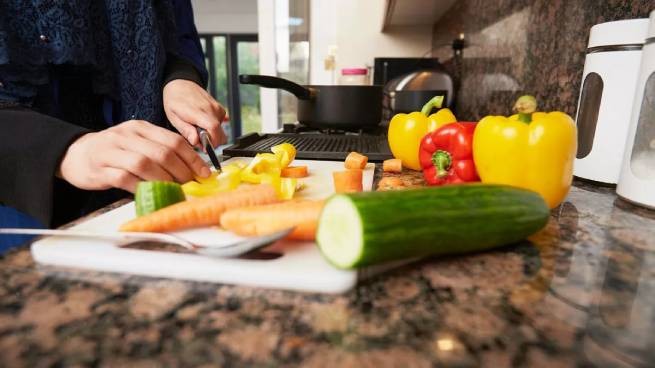At least 5 main sources of microplastics are freely and economically located in our house, gradually saturating the organisms of all family members with dangerous tiny particles. Experts urge replacing them.
Ubiquitous microplastics
Microplastics have spread so widely that they are very difficult to track. The particles are created by the breakdown of plastics. They are linked to a host of unpleasant problems, including heart attacks, fertility problems and even cancer.,tells euronews.
A 2019 study by Canadian scientists showed that up to 52,000 microplastic particles enter the human body per year. Even more shocking wereresearch results University of New Mexico: doctors tested 23 people and 47 pet dogs, and in the body of all, without exception, microplastics were found in noticeable quantities. According to German environmental organization CleanHub, search queries reached a record high Google Trends score of 100.
These ubiquitous particles are widespread in the environment, but there are various ways to at least reduce their “consumption” by the body. And you can start with your own kitchen.
Cleaning your home from microplastics
At least five sources of microplastics are sure to be present in your home. Don't believe me? But research confirms this unpleasant fact. Let's see what can replace them:
- Plastic cutting boards, according to a study by the American Chemical Society (ACS), are capable of exposing humans to up to 79.4 million polypropylene particles annually. Available alternative – tempered glass cutting boards. They are extremely easy to clean and do not contain microplastics. And some brands offer an equally worthy option – cutting boards made of durable paper fibers.
- Plastic microwave containers may release significant amounts of microplastics into food when heated. In a 2023 study at the University of Nebraska, researchers found up to 4 million microplastic particles per square centimeter in some plastic baby food containers labeled as microwave-safe. Scientists have found that these particles kill up to 75% of kidney cell cultures.
- Ice cubes from plastic trays are quite capable of becoming a “regular supplier” of microplastics, as well as water from plastic bottles. There isn't much research on the topic, HealthCentral writes, but scientists say freezing plastics can cause microplastics to leach into the water, similar to the process that occurs when heating them. Alternative options are food grade silicone or stainless steel traysBy the way, water in the latter turns into ice much faster.
- Paper cups It is considered to be an environmentally friendly replacement for plastic ones. But in reality, no matter how absurd it sounds, they contribute to environmental pollution with microplastics. It's simple: a sealant is used to join paper parts, usually consisting of 10% high-density polyethylene (HDPE). In addition, it also complicates the recycling of paper cups, since it is necessary to separate the HDPE layer from the paper. And using paper cups for hot drinks can release a range of unsafe chemicals, including fluorides, chlorides, sulfates and nitrates. This was shown in a study back in 2021, the results of which were published in the Journal of Hazardous Materials. Alternatively, you can use a container stainless steel – not only does it not harm the environment, but it also reduces the impact of microplastics.
- Tea bags. Do you know what they are made of? Many are made from non-eco-friendly polypropylene plastic, but even paper bags may contain traces of plastic in the seal. A 2023 study published by Dow University of Health Sciences states that Hot water when brewing tea can release millions of microplastic particles from tea bags – up to 3.1 billion in one tea cup. In addition, tea bags may contain other harmful substances: fluorine compounds, arsenic, radium salts, aluminum, copper, lead, mercury, cadmium, barium and nitrates. But luckily, there are eco-friendly alternatives for brewing tea, such as using a cast iron teapot or a metal strainer. The Plastic Pollution Coalition even recommends using cotton tea bags or straining the tea through a natural cloth.







More Stories
13-year-old girl killed by lightning strike
168 deaths per 100 births: a significant demographic deterioration in three years
The European capital with the longest coastline